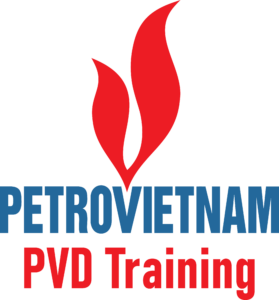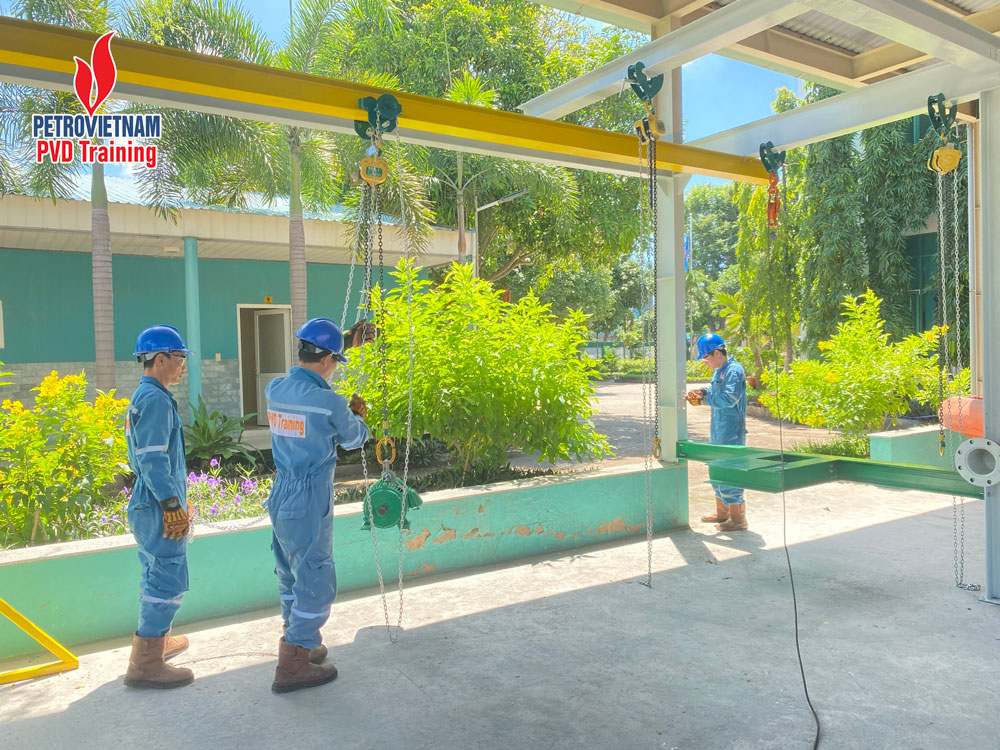
Booking Form
If you are booking a course for a company, please select “Company”; otherwise, please select “Individual”.
The Rigger Training route to competence certification and reassessment includes four stages.
Stage 1 is the Rigger course which is for personnel who have had little or no training experience in rigging and lifting operations. Rigging and lifting operations involve the transfer of loads using lifting equipment which is often required in restricted areas which cannot be accessed by a crane.
Rigging and lifting equipment and accessories are used by riggers and in other disciplines including operations technicians, deck crew and drill crew.

The Rigger Initial Training program offers a comprehensive and hands-on curriculum designed to provide participants with essential knowledge and skills for safe and effective rigging operations in industrial settings. Emphasizing safety as the foremost priority, the course begins with a strong focus on hazard identification, risk assessment, and the correct utilization of personal protective equipment (PPE).
Participants will delve into the fundamentals of rigging, acquiring a solid grasp of industry terminology, load calculations, and the selection of suitable rigging equipment. Through practical exercises, they will become proficient in handling different types of rigging equipment, including slings, shackles, hooks, and wire ropes, while learning the proper applications and safe usage of each.
The aim and objectives of the Rigger Initial Training Programme are to provide the learner with knowledge of the rigging principles, general hazards and risks of rigging and lifting operations, an awareness of relevant legislation and regulation, and an opportunity to practice basic rigging operations following a lifting plan.
The aim of this training program is to equip participants with the confidence and expertise necessary to excel in rigging operations, emphasizing safety and efficiency in every aspect. Whether you are new to rigging or seeking to refresh your skills, Rigger Initial Training will prepare you for success in the field.
The Initial Training Programme allows the learner to demonstrate basic Rigger practical skills, following instruction and demonstration by the training staff.
This Training Programme aims to prepare the learners for the next stage of the progression path to becoming a competent rigger i.e. Rigger Workplace Experience Logbook.
The Rigger Initial course includes;
1.1 The role and responsibilities of a rigger
2.1 Relevant legislation and regulations related to lifting and rigging operations, to include:
2.2 Control-of-work systems, to include permits, procedures and toolbox talks
2.3 Typical Hazards associated with lifting and rigging operations, to include:
2.4 Correct manual handling techniques
2.5 How to check that there is adequate access, working space and lighting within the designated work area.
2.6 Personal protective equipment (PPE) relevant to the Rigger
2.7 Various methods and sources of determining the weight of a load –e.g. sourcing data from the manufacturer’s manual
2.8 Pre-use inspection of lifting equipment
2.9 How to position and install (rigging up) the lifting equipment for the lifting operation.
2.10 Why it is important that all parties that may be affected by the lifting operation are made aware of the impending and ongoing lifting operation.
2.11 The importance of accounting for adverse environmental factors e.g. wind strength, poor visibility, icy surfaces etc.